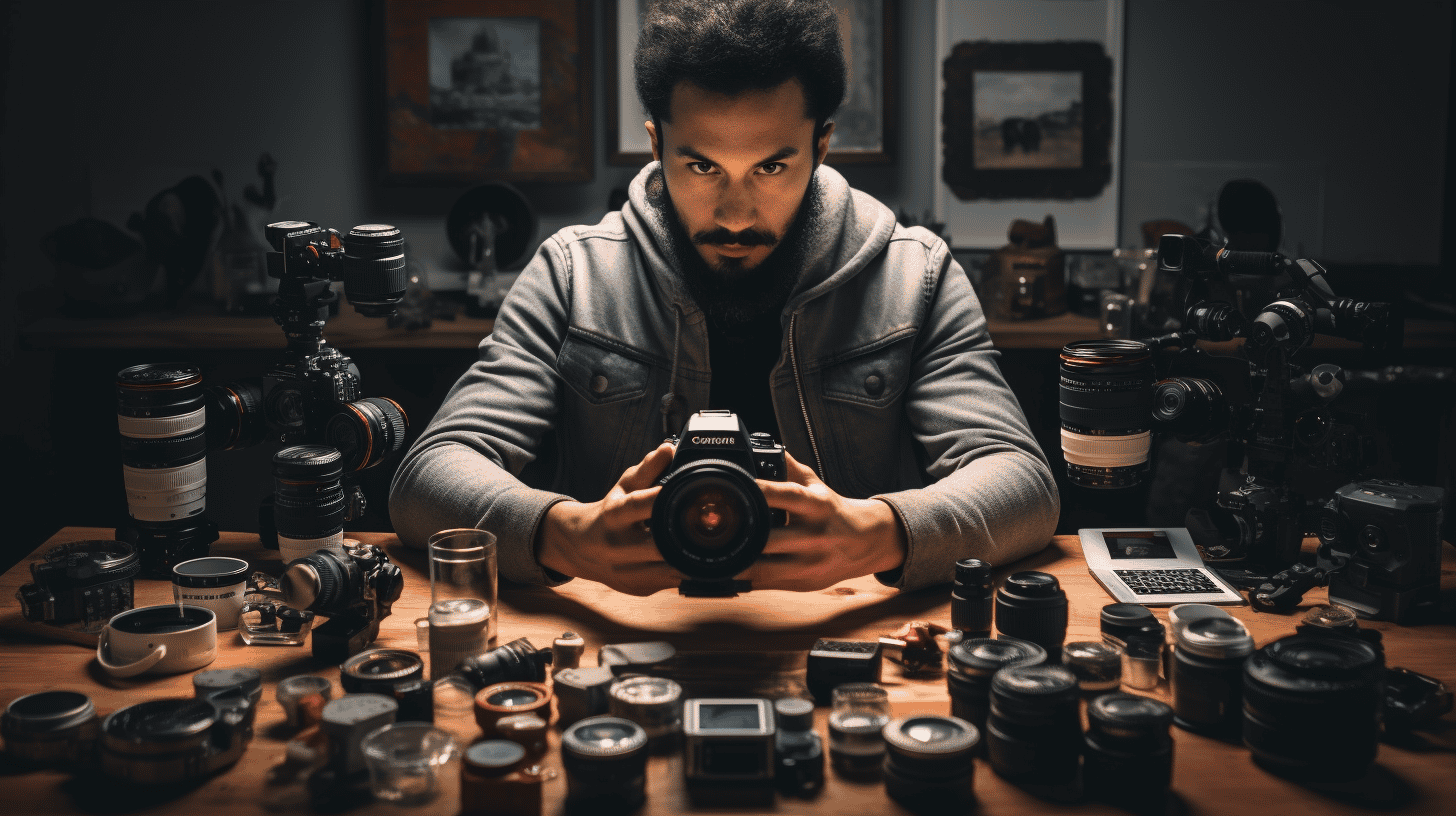In the glamorous world of fashion photography, creating iconic and empowering portraits can be both the photographer’s dream and challenge. To help overcome obstacles and achieve stunning results, we’ve compiled a comprehensive guide featuring various techniques and tips. Whether you’re a seasoned professional or simply starting your journey in fashion photography, these proven methods will elevate your work to the next level.
Table of Contents
- Planning and Conceptualizing
- Mastering Lighting Techniques
- Composition and Framing
- Directing and Posing Models
- Choosing Effective Backgrounds
- Post-Production and Retouching
Planning and Conceptualizing
Perhaps the most crucial aspect in producing exceptional fashion portraits is effective planning and conceptualization. Focusing on the following key factors will help translate your creative vision into reality.
Storyboard
A cohesive storyboard ensures your shoot remains well-structured and organized from start to finish. Sketch or choose reference images to visualize various shots, poses, and wardrobe selections. Your storyboard will provide a clear outline for your team and reflect your concept accurately.
Collaboration
Working alongside skilled professionals, such as stylists, makeup artists, and hair stylists, can significantly enhance the final output of your fashion portraits. Assemble a team that shares your vision, communicates effectively, and cooperates harmoniously.
Location Scouting
Scout locations that complement the desired mood and atmosphere of your fashion portraits. Consider factors such as lighting conditions, accessibility, permits, and potential weather-related challenges while selecting a location.
Mastering Lighting Techniques
Effective lighting control establishes depth, mood, and aesthetic appeal in your fashion photography. Experimenting with various lighting techniques can significantly impact your portraits.
Natural Light
Utilizing natural light can yield beautiful results while requiring minimal equipment. Experiment with different times of day, backlighting, and shade to achieve a diverse range of effects in your portraits.
Studio Lighting
With studio lighting, you gain complete control over the intensity, direction, and quality of light. Some popular lighting setups include: key light, fill light, and backlights or kickers. Mastering these techniques will enhance your artistic versatility.
Modifiers
Light modifiers, such as softboxes, umbrellas, and reflectors, soften and shape light to create flattering effects on your model. Understanding their different purposes and applications is crucial for maximizing their potential.
Composition and Framing
Well-composed and carefully framed photos add depth and intrigue to your fashion portraits. To strengthen your image composition, follow these essential rules:
- Rule of Thirds: Place points of interest along the imaginary lines dividing the frame into thirds, both horizontally and vertically.
- Leading Lines: Use natural or architectural lines to draw the viewer’s attention toward the main subject.
- Balance: Distribute elements evenly throughout the frame to create harmony and balance within your image.
Directing and Posing Models
Achieving striking and comfortable poses is essential in fashion photography. As the photographer, your role is to guide and direct your models to achieve their best performance.
Communication
Maintain open and clear communication with your models regarding expectations and objectives. Encourage feedback, ask questions, and make them feel comfortable on set.
Posing
Experimenting with various poses can create a dynamic and captivating portrait. Consider body lines, angles, and facial expressions while directing your models. Observe and take reference from fashion magazines, lookbooks, and runways to continuously expand your posing repertoire.
Choosing Effective Backgrounds
Thoughtfully selecting backgrounds is vital for enhancing your subject and overall portrait. Whether a minimalist studio backdrop or an elaborate outdoor scene, the background should complement your model without overshadowing or clashing.
Studio Backdrops
Consider color and material when selecting studio backdrops. Seamless paper, vinyl, and muslin are popular choices, each offering their unique advantages.
Environmental Backdrops
When shooting outdoors, consider how the environment interacts with your subject. Elements such as contrast, depth, and color harmony are crucial for a cohesive and eye-catching portrait.
Post-Production and Retouching
The final steps of fashion photography involve post-production and retouching. Polishing your images through various software applications will bring your fashion portraits to life.
Color Grading
Consistent and complementary color grading sets the mood for your fashion portrait series. Experiment with saturation, hue, and luminance to achieve your desired aesthetic. Employing presets or creating custom color profiles can help streamline this process.
Retouching
Subtle retouching elevates your fashion portraits while maintaining the model’s natural appearance. Use applications like Adobe Photoshop to refine skin texture, remove blemishes, and enhance clothing details.
By incorporating these techniques and practices into your fashion photography workflow, you’ll be well-equipped to create iconic and empowering portraits that make a lasting impression. Trust your creative instincts, continue learning, and enjoy the process of capturing captivating images.

0 Comments